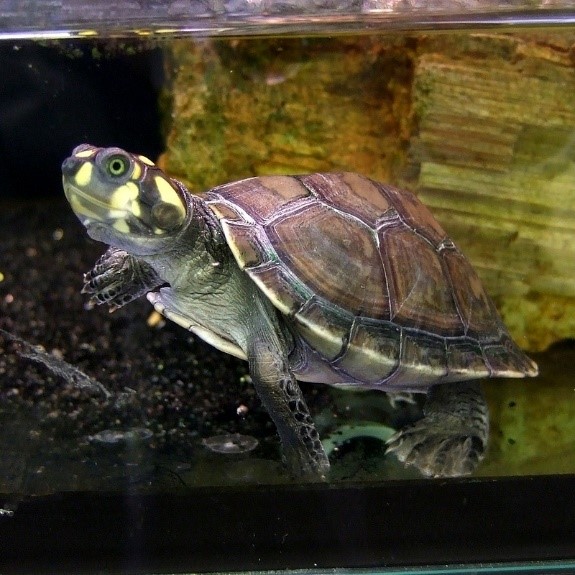





Disclaimer: Copyright infringement not intended.
Context
TARICAYAS
About
Description
Distribution and habitat
Ecology
Threats and conservation
Life span
IUCN Status
|
PRACTICE QUESTION Q. Consider the following statements with reference to Taricayas. 1. These turtles are native to Andaman and Nicobar Islands. 2. It belongs to the IUCN Red List of Vulnerable Species. 3. Importation of this species is now strictly prohibited. How many of the above statements are incorrect? A) Only 1 B) Only 2 C) All 3 D) None Answer: C) All 3 |







© 2025 iasgyan. All right reserved